The Ultimate Guide to Beef Brisket Spice Rub: Smoky, Sweet & Sizzling Secrets Revealed!
Table of Contents
- Introduction: Why Spice Rubs Matter for Beef Brisket
- Essential Ingredients in a Killer Beef Brisket Rub
- 5 Pro Tips to Master Your Beef Brisket Spice Rub
- How to Create Your Own Custom Beef Brisket Spice Rub
- Science Behind the Rub: How Spices Interact with Meat
- Spice Pairings That Will Make Your Taste Buds Dance
- Common Mistakes to Avoid When Rubbing Your Brisket
- Conclusion: The Rub is Half the Battle (and the Fun)
Introduction: Why Spice Rubs Matter for Beef Brisket
Let’s be real—beef brisket is the diva of barbecue. It demands attention, patience, and above all, the perfect spice rub. A good spice rub isn’t just about adding flavor; it’s the first love letter you write to your meat before it heads into the smoker.
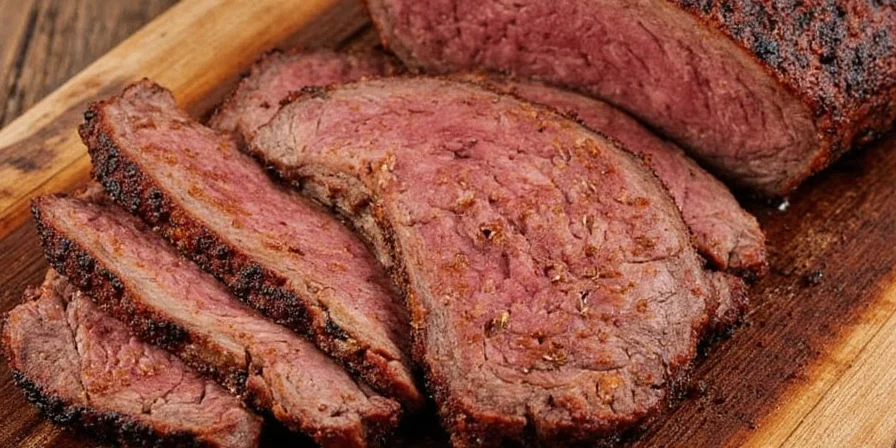
So, whether you’re a seasoned pitmaster or someone who just discovered that “low and slow” doesn’t refer to your internet connection, this guide will take you through everything you need to know about beef brisket spice rubs.
Essential Ingredients in a Killer Beef Brisket Rub
Think of your spice rub like a band. Each ingredient plays its own instrument, but together, they make magic. Here are the rockstars you’ll usually find in a classic beef brisket rub:
- Salt – The backbone of any rub. It enhances natural flavors and helps break down proteins.
- Black Pepper – Adds heat and depth. Freshly ground is best!
- Brown Sugar – For sweetness and caramelization. Also helps form that gorgeous bark.
- Paprika – Adds color and a mild smoky flavor.
- Garlic Powder – Because garlic makes everything better. Period.
- Onion Powder – A subtle umami booster.
- Cayenne Pepper – For those who like it hot (just a pinch goes a long way).
| Spice | Flavor Profile | Role in the Rub |
|---|---|---|
| Salt | Savory, briny | Enhances other flavors, tenderizes meat |
| Black Pepper | Earthy, spicy | Adds warmth and complexity |
| Brown Sugar | Sweet, caramel-like | Creates a crust and balances saltiness |
| Paprika | Mild, earthy, slightly sweet | Colorful base, adds subtle smokiness |
| Garlic Powder | Strong, savory, umami-rich | Depth and richness |
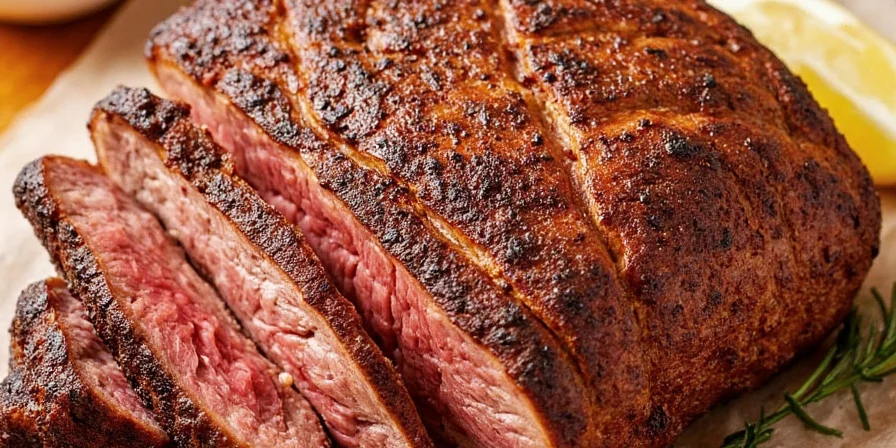
5 Pro Tips to Master Your Beef Brisket Spice Rub
You’ve got your spices lined up. Now let’s turn them into something worthy of a BBQ competition podium.
- Rub It In… Literally: Don’t be shy. Massage that rub into every nook and cranny. You want full coverage.
- Time Is Your Friend: Let the brisket rest with the rub on for at least 1 hour, preferably overnight. This lets the flavors penetrate deeper.
- Use a Consistent Ratio: Classic Texas-style rubs often use a 1:1:1 ratio of salt, pepper, and sugar. Start there and adjust as you see fit.
- Keep It Dry: Moisture is the enemy of a good bark. Pat the brisket dry before applying the rub.
- Smoke and Time Work Together: Apply the rub before placing the brisket in the smoker. The heat and smoke help fuse the spices to the meat.
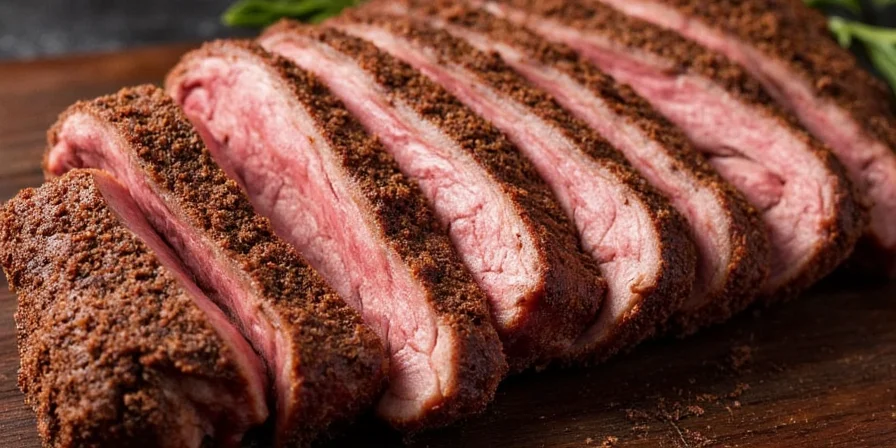
How to Create Your Own Custom Beef Brisket Spice Rub
Ready to play spice alchemist? Making your own custom rub allows you to tailor the flavor to your taste buds. Here’s how to start experimenting without blowing up your kitchen:
- Start with a Base: Salt, pepper, paprika, brown sugar—your safe zone.
- Add Some Heat: Cayenne, chili powder, or crushed red pepper flakes for kick.
- Bring in the Earthy Notes: Try smoked paprika, cumin, coriander, or even dried herbs like thyme or rosemary.
- Go Sweet or Smoky: Add cinnamon, cocoa powder, or espresso powder for complex layers.
- Taste Test Before Applying: Mix a small batch and test it on a grilled steak or roast potato. If it works there, it’ll work on brisket!
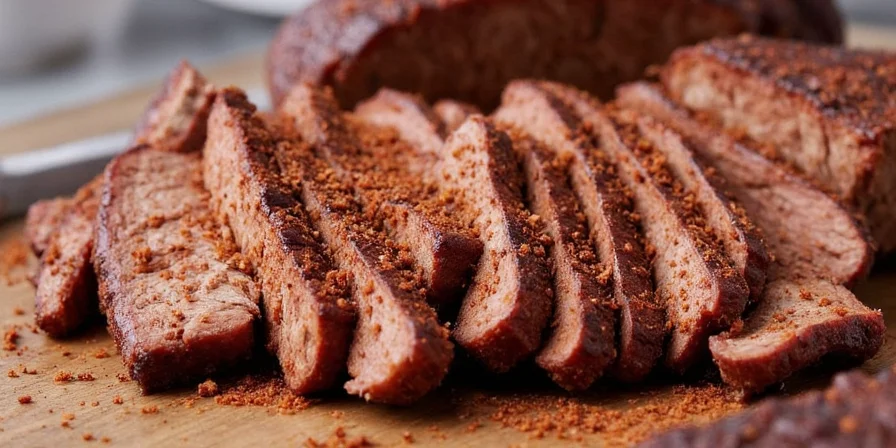
Science Behind the Rub: How Spices Interact with Meat
Spice rubs aren’t just flavor bombs—they’re chemistry sets. Here’s what happens when you apply a rub to your brisket:
- Salt draws moisture out of the meat, then dissolves and gets reabsorbed, helping carry other flavors deeper.
- Pepper and Capsaicin from chili spices activate pain receptors, giving you that pleasurable burn.
- Brown Sugar undergoes Maillard reaction and caramelization during cooking, creating a rich, crunchy bark.
- Spices Like Garlic and Onion contain sulfur compounds that infuse the meat with aroma and savoriness.
| Spice | Chemical Compound | Effect on Meat |
|---|---|---|
| Salt (NaCl) | Sodium chloride | Breaks down muscle fibers, enhances flavor |
| Black Pepper (Piperine) | Piperine | Triggers TRPV1 receptor for spicy sensation |
| Cayenne (Capsaicin) | Capsaicin | Causes heat perception and mouthfeel excitement |
| Brown Sugar | Fructose + glucose | Forms flavorful crust via Maillard reaction |
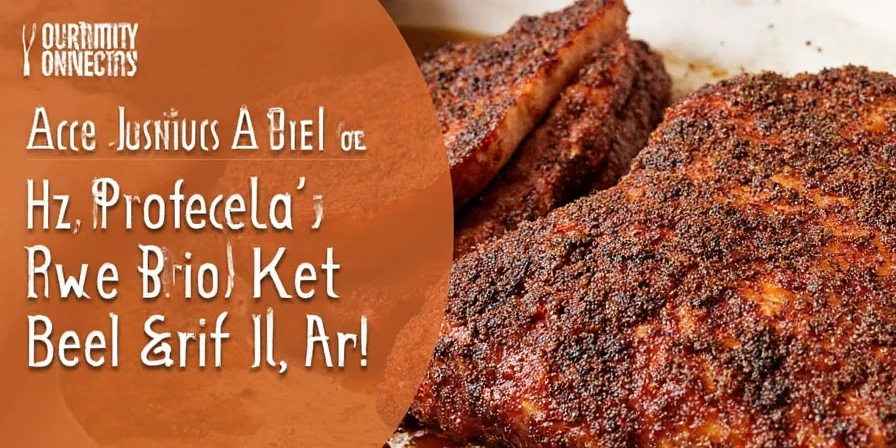
Spice Pairings That Will Make Your Taste Buds Dance
If you thought your brisket rub was just a solo performance, think again! Here are some unexpected spice pairings that elevate the flavor profile to new heights:
- Cinnamon + Coffee: Bold and warm with a deep, roasted edge. Perfect for cold weather cookouts.
- Espesso Powder + Cocoa: Think mocha-smoke, dark and mysterious like your ex’s Instagram bio.
- Fennel Seeds + Orange Zest: Brightens up the smoky flavors with a Mediterranean twist.
- Lemon Pepper + Thyme: For a zesty kick that cuts through the richness.
- Coriander + Cumin + Turmeric: A nod to global flavors and a sneak peek into your inner spice genius.
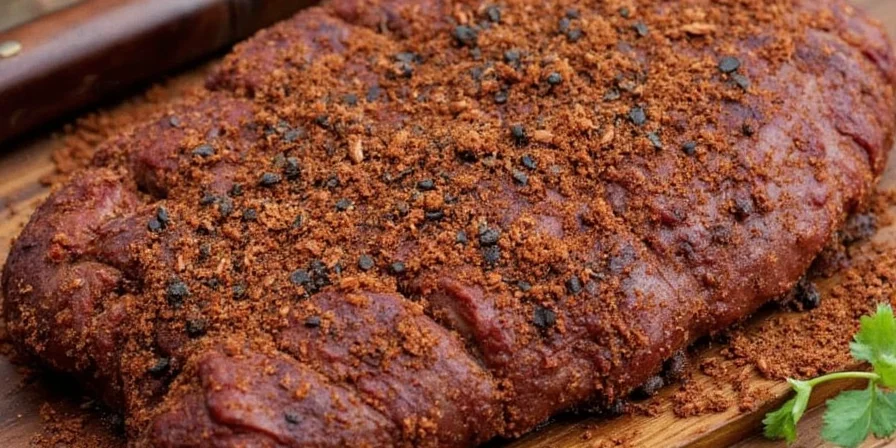
Common Mistakes to Avoid When Rubbing Your Brisket
We’ve all been there—overseasoned, underwhelmed, or confused by conflicting advice. Let’s clear up the confusion and dodge these rookie errors:
- Overloading on Salt: Yes, salt is essential, but too much can overpower everything else. Start light and build.
- Not Letting It Rest: Rushing to cook right after applying the rub means missing out on deep flavor penetration.
- Skipping the Fat Trim: Excess fat = wasted rub. Trim it down to ensure the rub sticks where it counts.
- Mixing Too Many Flavors: Complexity is great, but balance is key. Stick to a theme unless you're feeling adventurous (see above section).
- Using Old or Stale Spices: Check expiration dates and smell your spices. If they don’t have aroma, they won’t have impact.
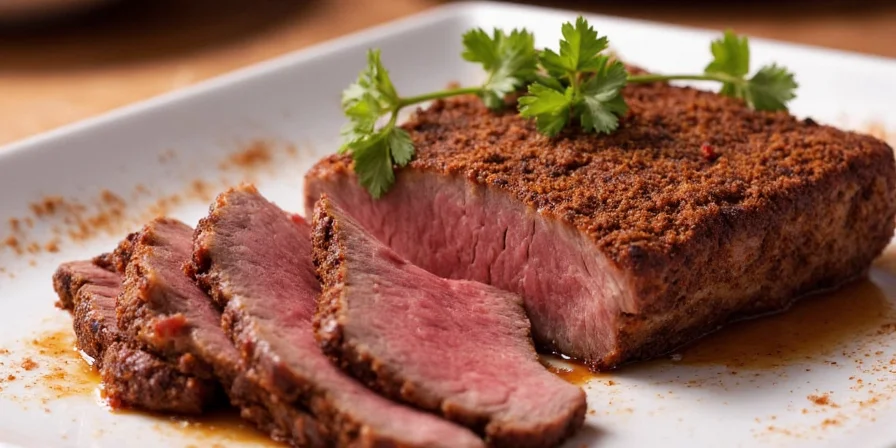
Conclusion: The Rub is Half the Battle (and the Fun)
A beef brisket spice rub isn’t just a seasoning—it’s the soul of your dish. It tells a story of culture, creativity, and care. Whether you stick with the classics or go wild with exotic spices, remember: your brisket is only as good as the love you pour into it.
So next time you fire up the smoker, grab your spices, and get ready to rub like you mean it. Your brisket—and your guests—will thank you.
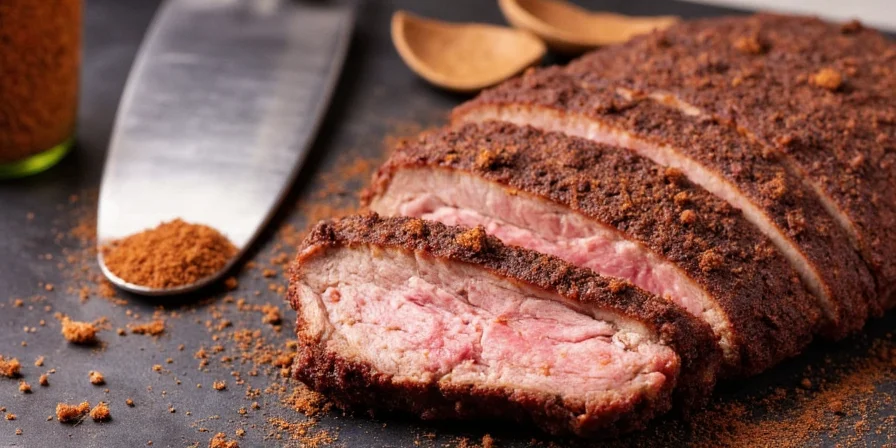

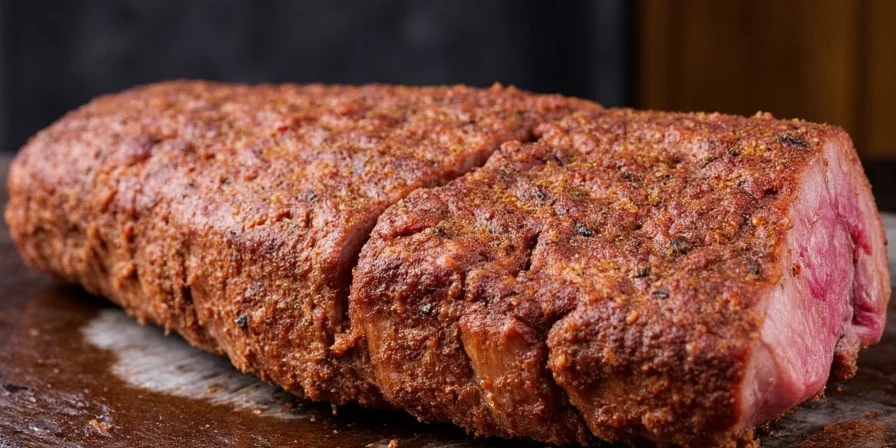









 浙公网安备
33010002000092号
浙公网安备
33010002000092号 浙B2-20120091-4
浙B2-20120091-4